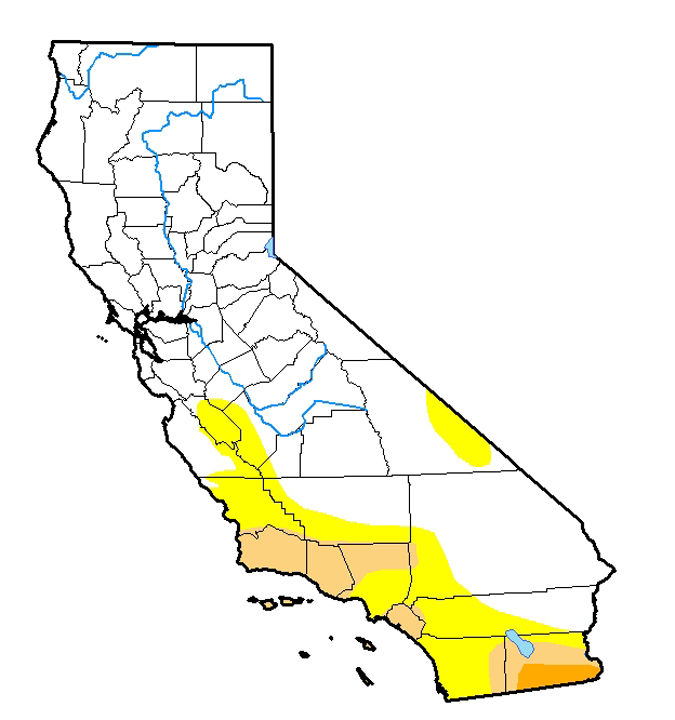It may have seemed anticlimactic, especially with a very wet April in the forecast, but Gov. Jerry Brown nonetheless announced on April 7 an official end to the three-year statewide drought emergency.
“This drought emergency is over, but the next drought could be around the corner,” said Governor Brown. “Conservation must remain a way of life.”
The governor kept in place water reporting requirements and prohibitions on wasteful practices, such as watering during or right after rainfall.
The lifting of the drought raised the prospect that local water districts could revisit various plans to reduce demand for water.
The Scotts Valley Water District, which has had voluntary rules in effect to reduce consumption, was to take up the issue at its monthly meeting April 13, in light of the governor’s decision.
“We are making some changes to district’s Water Use Efficiency Program,” said Piret Harmon, manager of the district.
San Lorenzo Valley has had mandatory restrictions in effect for three years, basically alternating watering days for residences, plus bans on car washing.
The district said this week that there are no plans to discuss easing or lifting the water-use restrictions at its next board meeting April 20.
The new Scotts Valley water rates that went into effect last December revised the district’s water-rate tiers to make excess water use more expensive.
The SLV district has begun a rate study, in anticipation of an expected multi-year rate increase, which is likely to include adjustments to its tiered rate system as well.
Coming up with a plan to replenish– or “re-charge” – the aquifer beneath mountain communities remains a high priority for both water districts.
The latest rainfall pushed most water-year rain gauge totals in the Santa Cruz Mountains near or past 90 inches, the second highest in a century.
The governor’s Executive Order B-40-17 lifts the drought emergency in all California counties except Fresno, Kings, Tulare and Tuolumne, where emergency drinking water projects will continue to help address diminished groundwater supplies.
The State Water Resources Control Board will maintain urban water use reporting requirements and prohibitions on wasteful practices such as watering during or after rainfall, hosing off sidewalks and irrigating ornamental turf on public street medians.
The state will continue its work to coordinate a statewide response on the unprecedented bark beetle outbreak in drought-stressed forests that has killed millions of trees across California.
In a related action, state agencies issued a plan to continue “to make conservation a way of life in California,” as directed by Governor Brown in May 2016. The framework re-quires new legislation to establish long-term water conservation measures and improved planning for more frequent and severe droughts.
Although the severely dry conditions that afflicted much of the state starting in the winter of 2011-12 are gone, the damage from the drought will linger for years in many areas. The drought reduced farm production in some regions, killed an estimated 100 million trees, harmed wildlife and disrupted drinking water supplies for many rural communities. The consequences of millions of dead trees and the diminished groundwater basins will continue to challenge areas of the state for years.
The drought that spanned water years 2012 through 2016 included the driest four-year statewide precipitation on record (2012-2015) and the smallest Sierra-Cascades snowpack on record (2015, with 5 percent of average). It was marked by extraordinary heat: 2014, 2015 and 2016 were California’s first, second and third warmest year in terms of statewide average temperatures.












